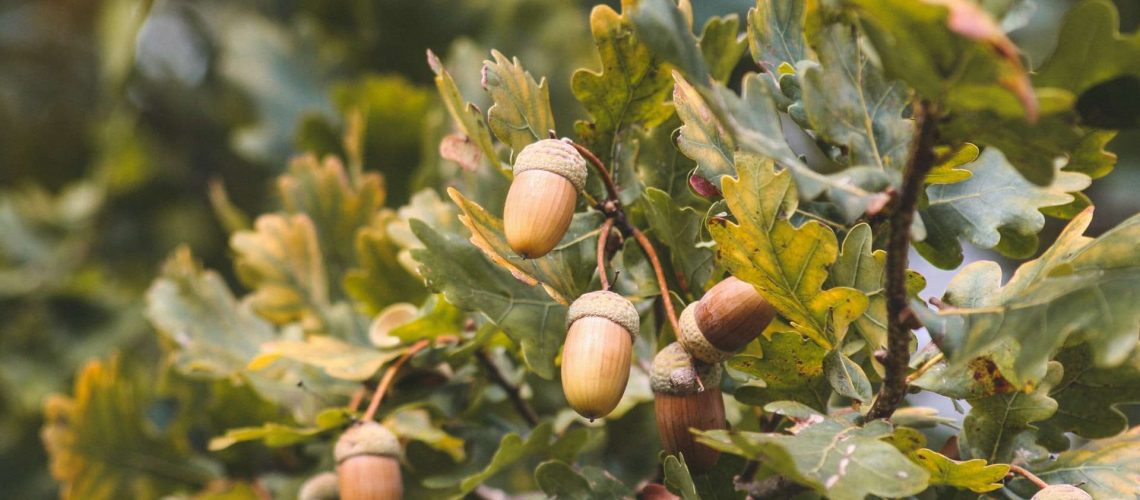Let’s say you’ve got this beautiful yard with some great green space, but you want to look into oak tree removal to let a bit more light in. What do you do?
Well, if you live in a residential area, then there are very likely bylaws protecting the trees in your neighbourhood. One of the reasons is to protect the green space, but trees also remove air pollutants and reduce stormwater runoff, so there are a variety of factors to consider when thinking about oak tree removal, in addition to aesthetics.
There are a few reasons why removal may be necessary. These are:
- The tree is causing damage to your property or structures
- It’s dying
- It has a disease
- The tree presents a significant hazard
When you apply for a tree removal permit, there will be an administration fee in addition to the cost of actually removing the tree. You may also be required to plant a replacement tree.
If your tree removal permit doesn’t get approved, there may be other ways to achieve your yard beautification goals with other tree services such as tree pruning (directional or spiral) and crown raising.
What kind of oak trees are in British Columbia?
Worldwide, there are more than 600 species of oak tree, which includes both evergreen and deciduous. In Canada, they have been known to live for more than 200 years and bear lovely flowers in the spring and those familiar acorns in the fall.
But would you believe the Garry oak is the only native oak tree in BC? It’s true! Although there are other species that have been introduced and are thriving here of course.
Other types of oak trees you may discover in Canada include:
- White oak
- Red oak
- Chestnut oak
- Bur oak
- Pin oak
- Chinkapin oak
- English oak
You’ll know them by their distinctive leaves and branches (and acorns if they’re 20+ years old!).
Your permit for oak tree removal may be refused if it is a Garry oak.
Why is that you ask? Because it’s considered endangered and is a protected oak tree in British Columbia.
Here’s how you recognize if you’re dealing with a Garry oak tree:
- Small-size, less than 30 metres tall
- Appears short and stout
- Deciduous
- Broad leaves
- Broad, rounded crown
- Often forked stem with twisted or gnarled branches
- Dark brown or grey-brown bark
Right now, Garry oak is most often found on private land. Since they depend on natural or agricultural disturbances to spread, other more aggressive tree species can often overtake the Garry oak.
Mature Garry oaks are fire-resistant, as well as a critical habitat for many insects and animals such as the dusky wing butterfly, Lewis woodpecker, western tanager, western bluebird and western gray squirrel (for better or worse). They also have symbiotic plants such as golden paintbrushes, trillium, snowberry shrubs and apple moss.
If you’re wondering if your Garry oak is healthy, look for browning leaf tips and twig dieback. If you notice anything like this, your tree may have a disease and it’s best to reach out to your local friendly neighbourhood Supertreero to have a look.

